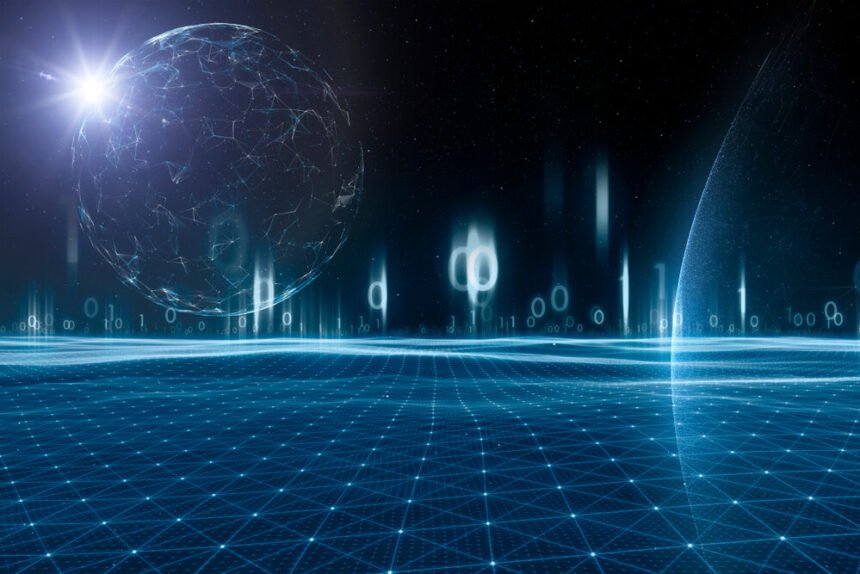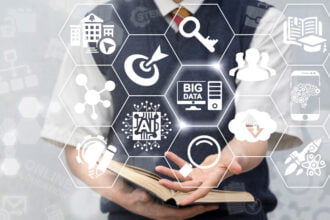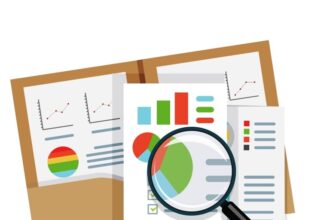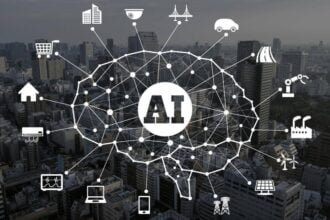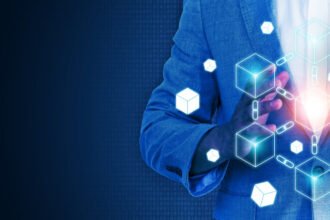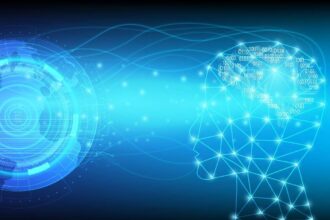As investments into machine learning and AI continue to push the boundaries of what a machine is capable of, the possible applications for artificial intelligence are beginning to creep into sectors that were previously only possible in the realm of fiction. To some, the idea of a machine helping humans learn in a procedurally generated manner might still seem outlandish, but there are plenty of impacts of AI on education. Yet by as early as 2009, AI integration through rudimentary systems like Mindspark have planted the roots of machine learning in education that continue to grow to this day. Are there considerations to be made for its positive and negative consequences? Like any major change to the structure of our educational systems, the answer varies.
Student Learning And Safety
Educators have been dabbling in the realm of AI for some time now, but we have yet to reach a point where algorithms help drill down the education experience to its core essentials with little human input. As it stands, many machine tasks revolve around automating simple tasks that require a large time investment from educators, often to the point of discouraging handing out homework or even cutting into valuable preparation time. The most powerful future application rests in individualizing a student’s curriculum. Programs that serve to evaluate a student’s skill level exist in nearly every institution and they are usually employed to find individual weaknesses before a student becomes old enough where poor habits are enforced or learning may become more difficult. By tasking AI with systematically detecting areas of weakness and offering coursework that helps to offset these weaknesses, students can each receive an education that is best suited to preparing them for the future without requiring dozens of hours of manual review each year. Better yet, students with difficulty learning due to language barriers or similar shortcomings would gain a much better understanding of coursework if automatic translations of documents offered alternate phrasing for sentences or altered vocabulary for those with smaller or larger vocabularies. Much like the concept of running coursework through automated grading systems, a curriculum that can alter itself to reach its students without slowing an instructor down through re-wording and explaining concepts promises a fair amount of time saved during vital teaching hours. Situations like these account for predictions calling for a rise in AI deployment in US classrooms alone by 47 percent by 2021.
Artificial Shortcomings
As with any emergent technology, the shortcomings of AI are more pronounced and show why widespread adoption has yet to take off. The simple cost of rolling out the technology in classrooms, especially in regions where schools struggle to afford paying teachers and feeding their students appropriately, poses a significant financial burden that only appeals to the earliest of early adopters. Subbarao Kambhampati of Arizona State University pointed out a few considerations and worrying points of data regarding the current state of AI, including significant challenges in teaching machines how to process social intelligence and common sense reasoning, both of which are unique to the human experience. Though he remains cautiously optimistic it will likely be some time before artificial intelligence can successfully make nuanced judgements in social situations. This lack of emotional intelligence also brings the risk of a lack of human touch in education. While the role of an educator will likely never be removed from the equation, handing over the brunt of education to be handled through a monitor does remove some of the opportunities we have to learn social mores by navigating the natural hierarchy of a classroom.
Finding The Human/Machine Balance
Finding just how heavily to rely on AI in the classroom may rely on individual teachers or classroom setups, but the key is finding a balance. AI doesn’t have to be perfect as it is essentially an employee that can process vast amounts of data for free; Perfection is less the goal than simply reducing the workload of those teaching. As long as administrators never lose sight of the human element that makes teaching such an important part of human development, AI can only improve how young minds adapt to the world around them. After all, the difficulties of education are to better the next generation.


